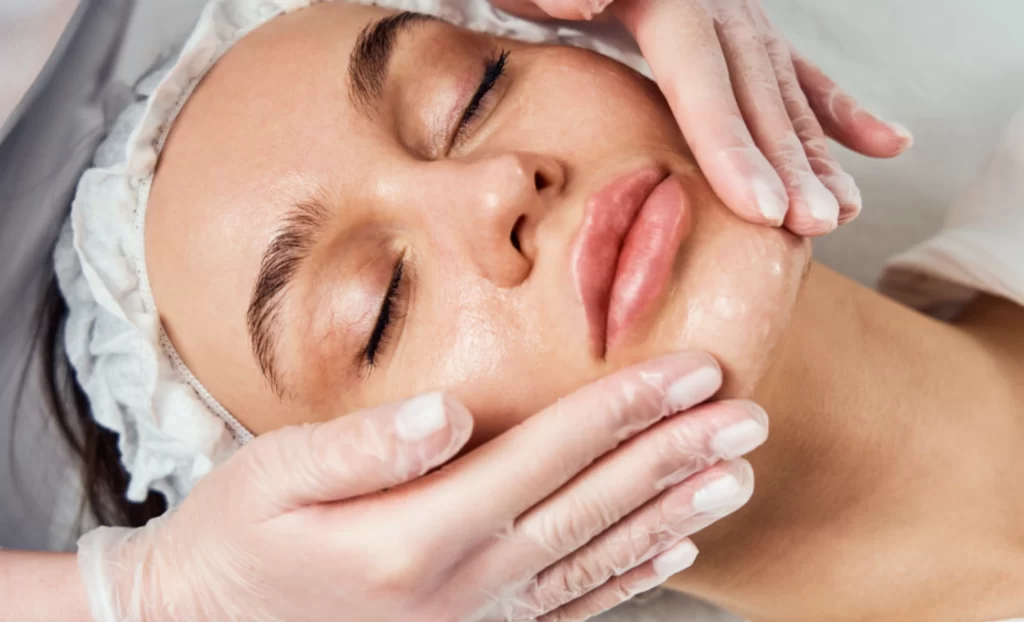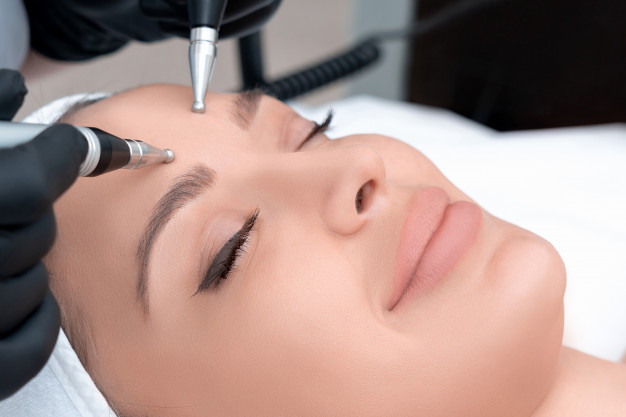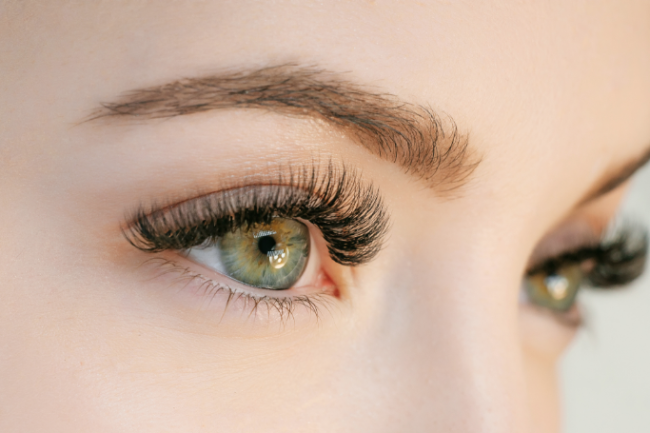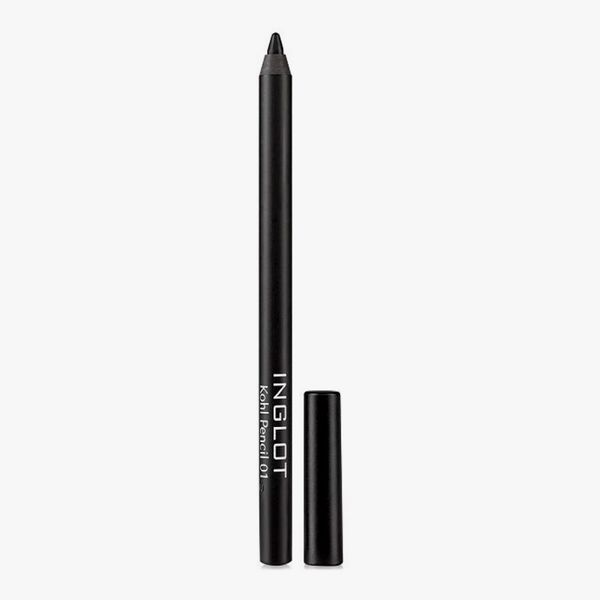Using hair dye to kill lice is a method that has gained attention due to its potential effectiveness, but it is important to understand the science behind it before considering it as a treatment option. Lice are parasitic insects that live on the scalp and feed on blood. They can spread easily through direct contact or by sharing personal items like hats or combs. Traditional treatments often involve insecticidal shampoos or lotions containing chemicals like permethrin or pyrethrin, which are specifically formulated to kill lice and their eggs. Hair dye, on the other hand, is primarily used for cosmetic purposes to change the color of hair. The idea behind using hair dye to kill lice stems from the fact that certain chemicals in hair dye might have pesticidal properties. These chemicals, such as ammonia or hydrogen peroxide, are designed to penetrate the hair shaft to alter its color. It is theorized that these same chemicals could potentially affect lice and their eggs by suffocating them or disrupting their ability to cling to the hair shaft.

However, the effectiveness of hair dye as a lice treatment is not well-established. While some studies suggest that certain chemicals in hair dye could have pesticidal effects on lice, the concentrations used in typical hair dye products may not be sufficient to reliably kill all lice and their eggs. Additionally, lice can develop resistance to chemicals over time, which could further reduce the effectiveness of this method. Furthermore, using hair dye to kill lice poses several risks and considerations. First, hair dye products contain strong chemicals that can cause irritation or allergic reactions, especially on sensitive scalps. These reactions can range from mild itching and redness to more severe symptoms requiring medical attention. Additionally, applying hair dye incorrectly or leaving it on for too long can damage the hair shaft or cause chemical burns on the scalp. Another important factor to consider is that hair dye is not designed or regulated for use as a lice treatment. Unlike medicated shampoos or lotions specifically formulated to kill lice, hair dye products have not undergone testing for safety and efficacy in treating lice infestations.
This means there is no guarantee that using hair dye will effectively eradicate lice or prevent their spread. For these reasons, it is crucial to consult with a healthcare professional or pharmacist before attempting to use hair dye as a treatment for lice. They can provide guidance on safer and more effective treatment options, such as over-the-counter or prescription medications specifically designed to eliminate lice. Additionally, they can help you understand how to properly use these products to minimize the risk of adverse effects can hair dye kill lice. In conclusion, while the idea of using hair dye to kill lice may seem appealing, the scientific evidence supporting its effectiveness is limited. Hair dye products are not formulated or regulated for this purpose, and there are significant risks associated with their use. For the treatment of lice infestations, it is best to rely on proven methods and consult with healthcare professionals for appropriate guidance and treatment options.








